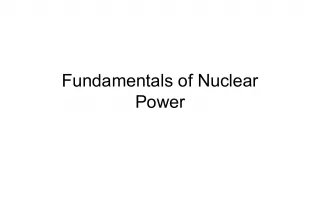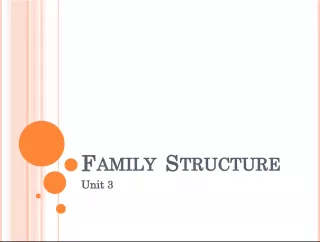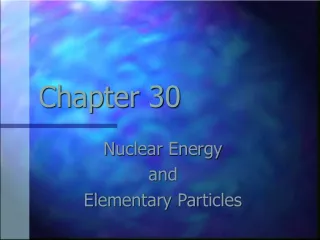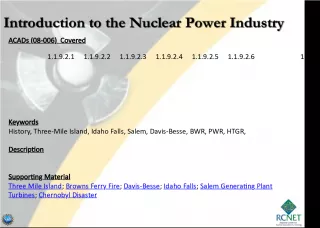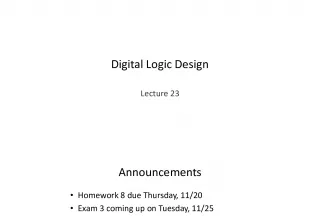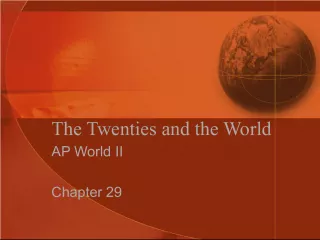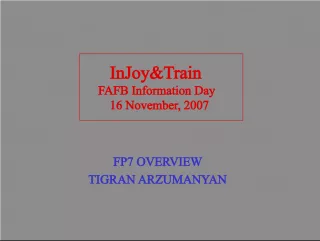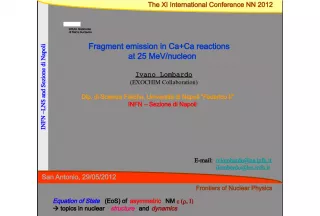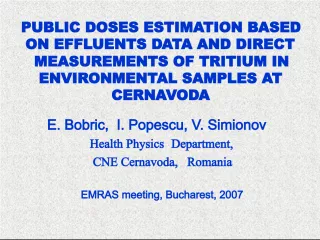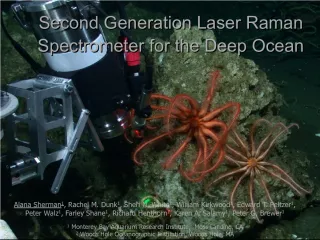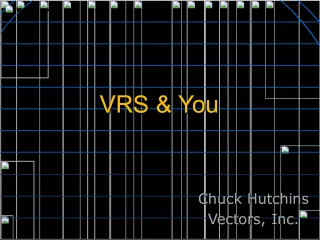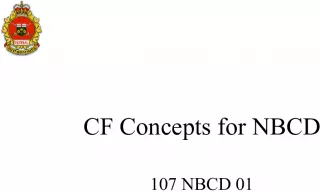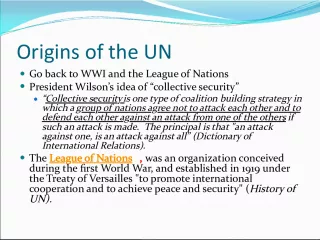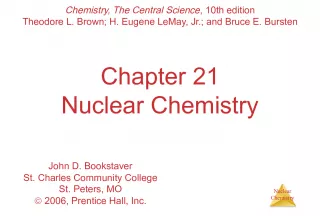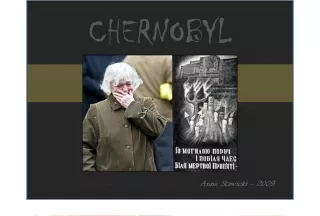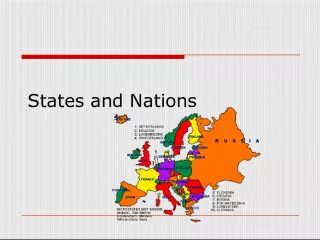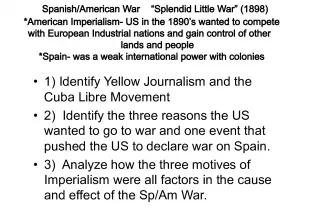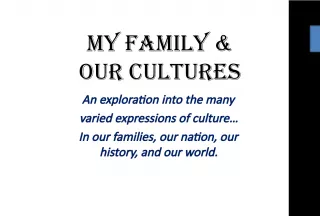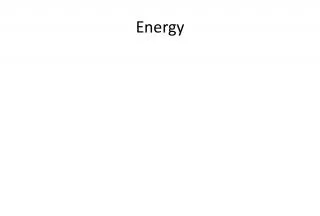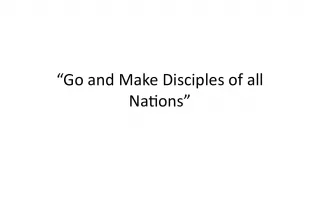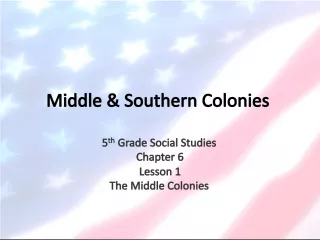Nuclear Brinkmanship: Two Nations on the Edge


The early arms race between the USSR and the US, with the development of atomic and hydrogen bombs, led to a dangerous game of brinkmanship. Both sides were willing to go to the edge of all-out nuclear war, with devastating consequences.
- Uploaded on | 0 Views
-
 jimi
jimi
About Nuclear Brinkmanship: Two Nations on the Edge
PowerPoint presentation about 'Nuclear Brinkmanship: Two Nations on the Edge'. This presentation describes the topic on The early arms race between the USSR and the US, with the development of atomic and hydrogen bombs, led to a dangerous game of brinkmanship. Both sides were willing to go to the edge of all-out nuclear war, with devastating consequences.. The key topics included in this slideshow are . Download this presentation absolutely free.
Presentation Transcript
1. Two Nations on the Edge Two Nations on the Edge
2. Early Arms Race Early Arms Race USSR gets atomic bomb (1949) US develops hydrogen bomb (1952) “The H-Bomb” 70 times bigger than Hiroshima bomb USSR gets h-bomb (1953) Brinkmanship: Willingness to go to the edge of all out nuclear war The brink: The very edge USSR gets atomic bomb (1949) US develops hydrogen bomb (1952) “The H-Bomb” 70 times bigger than Hiroshima bomb USSR gets h-bomb (1953) Brinkmanship: Willingness to go to the edge of all out nuclear war The brink: The very edge
3. American Power American Power President: Dwight D. Eisenhower Sec of State: John Foster Dulles Fiercely anti-Communist CIA: Central Intelligence Agency Tool for gathering/using spies Gathering information about the USSR Secret operations for/against countries President: Dwight D. Eisenhower Sec of State: John Foster Dulles Fiercely anti-Communist CIA: Central Intelligence Agency Tool for gathering/using spies Gathering information about the USSR Secret operations for/against countries
4. Dwight David Eisenhower, 34th President of the US(1953-1961) Dwight David Eisenhower, 34th President of the US(1953-1961)
5. John Foster Dulles John Foster Dulles
6. Soviet Pressure Soviet Pressure Create Warsaw Pact (1955) USSR version of NATO Geneva Summit (1955) US proposes free skies, USSR rejects Suez War (Egypt) US/UK help Egypt build Aswan Dam Nasser talks to USSR US withdraws support Nationalizes Suez Canal (enfuriates US) Create Warsaw Pact (1955) USSR version of NATO Geneva Summit (1955) US proposes free skies, USSR rejects Suez War (Egypt) US/UK help Egypt build Aswan Dam Nasser talks to USSR US withdraws support Nationalizes Suez Canal (enfuriates US)
11. Goodbye, Stalin! Goodbye, Stalin! Stalin dies (1953) Power sharing for a few years Nikita Khrushchev comes to power De-Stalinization Seeks to defeat US through econ/science Cold War becomes war for the skies Stalin dies (1953) Power sharing for a few years Nikita Khrushchev comes to power De-Stalinization Seeks to defeat US through econ/science Cold War becomes war for the skies
12. Nikita Khrushchev Nikita Khrushchev
14. Cold War in the Air Cold War in the Air Soviets launch Sputnik (Oct ‘57) First satellite in space Shocks the United States American U-2 spy plane shot down (1960) Francis Gary Powers captured US agrees to stop flying missions Leads to renewed tension between countries Soviets launch Sputnik (Oct ‘57) First satellite in space Shocks the United States American U-2 spy plane shot down (1960) Francis Gary Powers captured US agrees to stop flying missions Leads to renewed tension between countries
15. Sputnik-1
16. U-2 Spy Plane U-2 Spy Plane
